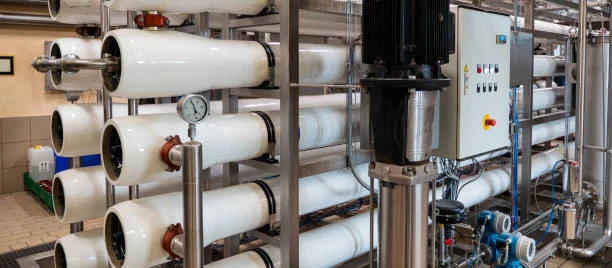
Introduction
In the Gold Smelting industry, the cyanidation process is a widely used gold extraction technique. However, this process generates a large amount of cyanide-containing wastewater. Cyanides in the wastewater are highly toxic, and if discharged directly without proper treatment, they will pose a serious threat to the environment and human health. Therefore, the development of efficient and environmentally friendly Cyanide Wastewater treatment technologies has become the key to the sustainable development of the gold smelting industry. As an advanced wastewater treatment method, pressure oxidation treatment technology shows great potential in the treatment of cyanide wastewater from gold smelting.
Principles of Pressure Oxidation Treatment Technology
The core principle of pressure oxidation treatment technology is to make the cyanides in the wastewater undergo oxidation reactions under high-temperature, high-pressure conditions in the presence of oxygen, converting them into substances with lower toxicity or non-toxicity. During this process, cyanide ions (CN⁻) are gradually oxidized. First, cyanate ions (CNO⁻) are generated, and then they are further oxidized and decomposed into harmless substances such as carbon dioxide (CO₂) and nitrogen (N₂). This oxidation process can effectively destroy the chemical structure of Cyanides, thereby reducing the toxicity of the wastewater. Meanwhile, some heavy metal ions in the wastewater, such as copper, zinc, and iron, which may originally form stable complexes with cyanides, will also be decomposed under the action of pressure oxidation. The release of heavy metal ions creates conditions for subsequent separation and treatment.
Comparative Advantages over Traditional Treatment Methods
High Treatment Efficiency
Traditional cyanide wastewater treatment methods, such as the alkaline chlorination method, can also achieve the oxidation of cyanides, but the reaction rate is relatively slow, and the treatment time is long. In contrast, the pressure oxidation treatment technology, due to the reaction occurring under high-temperature and high-pressure conditions, greatly accelerates the oxidation rate of cyanides. It can reduce the cyanide concentration in the wastewater to a very low level in a short time, significantly improving the treatment efficiency.
Strong Adaptability to Complex Wastewater
The composition of cyanide wastewater from gold smelting is complex. In addition to cyanides and heavy metal ions, it may also contain various organic substances and other impurities. Some traditional treatment methods have poor treatment effects on wastewater with complex components and are difficult to meet the desired discharge standards. The pressure oxidation treatment technology, however, can effectively deal with this complex wastewater system. It has good removal capabilities for various forms of cyanides and other pollutants, demonstrating stronger adaptability.
Reduced Risk of Secondary Pollution
Traditional treatment methods may generate some secondary pollutants during the treatment process. For example, the alkaline chlorination method uses chlorine-based oxidants, and toxic cyanogen chloride gas may be produced during the reaction, which not only poses a threat to the health of operators but may also cause air pollution. The reaction products of the pressure oxidation treatment technology are mainly harmless gases such as carbon dioxide and nitrogen, greatly reducing the risk of secondary pollution and being more in line with environmental protection requirements.
Process Flow of Pressure Oxidation Treatment
Pretreatment Stage
Before entering the pressure oxidation process, the wastewater needs to be pretreated. The main purpose of this step is to remove suspended solids, large particles of impurities, and some substances that are easy to precipitate in the wastewater, to prevent these substances from causing blockages or affecting the reaction effect in the subsequent pressure oxidation equipment. Pretreatment usually adopts physical methods, such as filtration and sedimentation. Suspended solids of larger sizes can be intercepted through grid filtration, and sedimentation tanks can be used to allow some sediment, particles, etc. in the wastewater to settle naturally.
Pressure Oxidation Reaction Stage
The pretreated wastewater enters the pressure oxidation reactor. Inside the reactor, the wastewater comes into full contact with oxygen and undergoes oxidation reactions under high-temperature (usually 150 - 250℃) and high-pressure (generally 1 - 5MPa) conditions. To improve the reaction efficiency, an appropriate amount of catalyst is sometimes added. In this stage, cyanides are gradually oxidized and decomposed, and heavy metal complexes are also broken down. During the reaction process, parameters such as temperature, pressure, oxygen flow rate, and reaction time need to be precisely controlled to ensure that the oxidation reaction proceeds smoothly and achieves the best treatment effect.
Subsequent Treatment Stage
Although the cyanide concentration in the wastewater discharged from the pressure oxidation reactor has been significantly reduced, it may still contain some residual pollutants and newly formed substances during the reaction, such as heavy metal ions and sulfates. Therefore, subsequent treatment is required. Subsequent treatment usually includes steps such as neutralization, sedimentation, and filtration. First, alkaline substances (such as lime) are added to neutralize the wastewater and adjust the pH value to a neutral or near-neutral range. Under suitable pH conditions, heavy metal ions in the wastewater will form hydroxide precipitates. Then, through sedimentation and filtration operations, these precipitates are separated from the wastewater, further reducing the content of pollutants in the wastewater and enabling the treated wastewater to meet strict discharge standards or reuse requirements.
Analysis of Practical Application Cases
A large-scale gold smelting enterprise adopted pressure oxidation treatment technology to treat its cyanide wastewater. Before using this technology, the enterprise had been facing many difficulties in cyanide wastewater treatment. Traditional treatment methods not only had high treatment costs but also had difficulty in stably meeting the increasingly strict local environmental protection discharge standards.
After introducing the pressure oxidation treatment technology, the enterprise constructed a complete wastewater treatment system, including pretreatment facilities, a pressure oxidation reactor, and subsequent treatment units. Through actual operation monitoring, the treatment effect was remarkable. The cyanide concentration in the wastewater decreased from several hundred milligrams per liter to less than several milligrams per liter, with a removal rate of over 99%. At the same time, the content of heavy metal ions also decreased significantly, fully meeting the national specified discharge standards.
From an economic benefit perspective, although the initial equipment investment for pressure oxidation treatment technology is relatively high, in the long run, due to its high treatment efficiency and low reagent consumption, the overall treatment cost has actually decreased. Moreover, through the reuse of the treated wastewater, the enterprise has also achieved certain economic benefits in water resource utilization. From an environmental benefit perspective, this technology has effectively reduced the emissions of pollutants such as cyanides and heavy metals, greatly alleviating the pollution pressure on the surrounding environment and making a positive contribution to local ecological environmental protection.
Challenges and Countermeasures
High Equipment Investment and Operating Costs
The pressure oxidation treatment technology requires specialized pressurization equipment, high-temperature reaction devices, and precise control systems, resulting in a large initial equipment investment. In addition, maintaining high-temperature and high-pressure conditions during operation and the consumption of oxygen will also increase operating costs.
Countermeasures: On the one hand, enterprises can reasonably plan the project scale, improve the utilization rate of equipment, and reduce the equipment cost allocation per unit of wastewater treatment. On the other hand, when selecting equipment, choose high-performance, energy-efficient equipment and optimize operating parameters to reduce energy consumption and operating costs. At the same time, with the continuous development of technology and the intensification of market competition, the price of equipment is expected to gradually decrease, thereby reducing the investment burden on enterprises.
High Requirements for Operation and Maintenance
The operation process of this technology involves dangerous environments such as high temperature and high pressure, requiring high professional quality and operation skills of operators. Moreover, during the long-term operation of the equipment, due to the influence of high temperature, high pressure, and a strong oxidation environment, problems such as wear and corrosion are likely to occur, and regular maintenance and repair are required.
Countermeasures: Enterprises should strengthen the training of operators, improve their professional knowledge and operation skills, and ensure that they can operate strictly in accordance with the operation procedures to avoid safety accidents caused by operational errors. At the same time, establish a complete equipment maintenance management system, regularly inspect, maintain, and service the equipment, promptly discover and solve problems existing in the equipment, extend the service life of the equipment, and ensure the stable operation of the system. In addition, a good cooperative relationship can be established with equipment suppliers to obtain professional technical support and after-sales service.
Conclusion
As an efficient and environmentally friendly treatment method for cyanide wastewater in gold smelting, pressure oxidation treatment technology has significant advantages and broad application prospects. By oxidizing and decomposing cyanides under high-temperature and high-pressure conditions, it can effectively reduce the toxicity of wastewater and remove various pollutants. Although it faces challenges such as high equipment investment and operating costs, and high requirements for operation and maintenance in practical applications, these problems can be effectively solved by adopting reasonable countermeasures. With the increasingly strict environmental protection requirements and the continuous progress of technology, pressure oxidation treatment technology is expected to be more widely applied in the gold smelting industry, playing an important role in realizing the green and sustainable development of the gold smelting industry.
- Random Content
- Hot content
- Hot review content
- Toxicity Assessment of Sodium Cyanide and Relevant Hazard Prevention Measures
- Sodium Isobutyl Xanthate SIBX 90%
- Sodium Metal, ≥99.7%
- Sodium Peroxide
- Methyl Isoubtyl Carbinol 99% liquid MIBC
- Triethanolamine(TEA)
- Maleic Anhydride - MA
- 1Discounted Sodium Cyanide (CAS: 143-33-9) for Mining - High Quality & Competitive Pricing
- 2Sodium Cyanide 98% CAS 143-33-9 gold dressing agent Essential for Mining and Chemical Industries
- 3Sodium Cyanide 98%+ CAS 143-33-9
- 4Anhydrous Oxalic acid 99.6% Industrial Grade
- 5Oxalic acid for mining 99.6%
- 6Soda Ash Dense / Light 99.2% Sodium Carbonate Washing Soda
- 7Reagent Grade/Industrial Grade Hydrochloric Acid min.31%
- 1Sodium Cyanide 98% CAS 143-33-9 gold dressing agent Essential for Mining and Chemical Industries
- 2High Quality 99% Purity of Cyanuric chloride ISO 9001:2005 REACH Verified Producer
- 3 High-Quality Sodium Cyanide for Leaching
- 4Powdery emulsion explosive
- 5Industry Grade Electron grade 98% Sulfuric Acid H2SO4 Sulphuric Acid Battery Acid Industrial Sulfuric Acid
- 6Colloidal emulsion explosive
- 7sodium hydrosulfide 70% flakes used Mining Industry





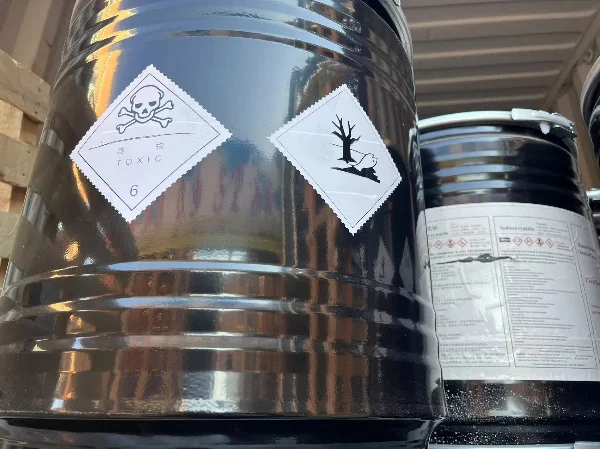
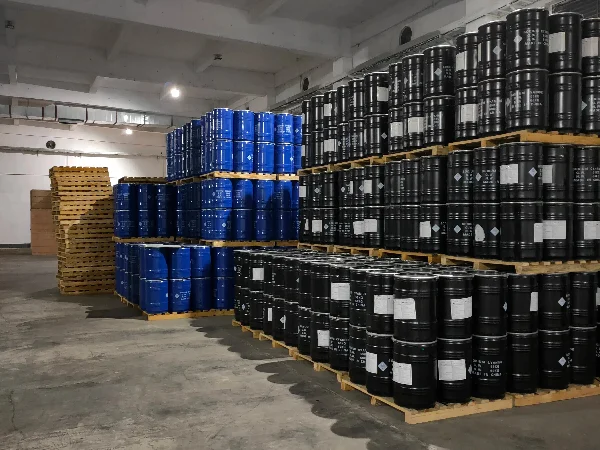
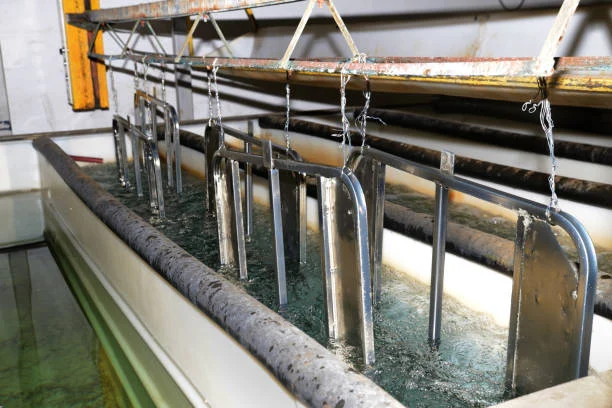
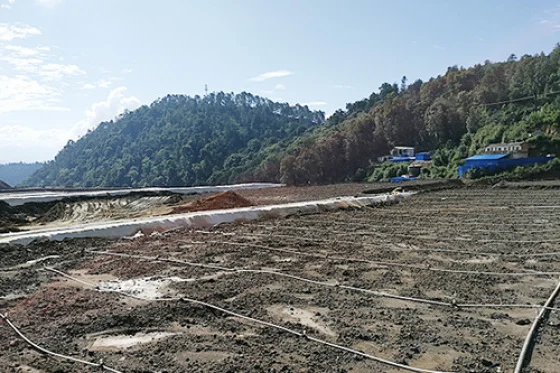


Online message consultation
Add comment: